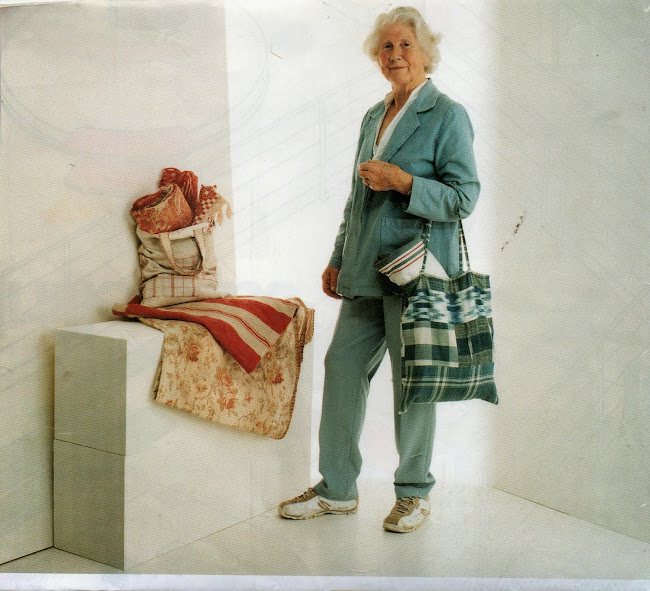When you start collecting anything, I do think it is a good idea to do a little home-work on the way!
A trip around Ebay on the Internet is a useful start and cross reference, and, when you do find something; most sellers are pretty good at describing their goods, but you should beware of the words antique, period, vintage, as they are not always accurate and some goods are little more than second-hand and should be priced accordingly. Paying by Paypal is a good safety net and sellers who disappoint get their Ebay rating lowered which spoils their reputation!
It's worth going to as many antique fairs as you can and visiting shops that have the sort of things you are interested in - not that there are many antique shops left now or real junk shops, but plenty of charity shops where you have to value things for yourself! Antiques fairs at all levels provide excellent choices, but you need to know your onions a bit before spending large sums with unknown dealers, unless you are going to a
vetted fair when you may have to pay top prices The BBC Homes and Antiques Magazine is useful and there is also the Antique Collectors Club which I used a lot in the past. They have a useful For Sale section and lots of descriptions and photos and prices of average antique items.
I learnt my lesson with fakes when I was supplying a very top picture dealer in Knightsbridge with rustic folk art for his studio showroom. He showed his pictures in a beautifully arranged room setting, Regency painted chairs round a French trestle table, a real gas fire and odd small tables and candle stands, and a few valuable primitive pictures of children, animals and rustic scenes on the walls with the odd old shop sign or bit of kitchen ironwork hanging from the ceiling. My mission was to supply some of these byegones and, of course, I took much trouble to be sure they were genuine.
So, one day I bought a red painted pull-along bull from a street market in France, very cheap, from an old peasant! It was quite rough and had a worn-out, very knotted, string to pull. My friend Andreas loved these articulated 1920's toys and sold them at great profit to his New York City dealers for their desks, to play with! When I got this toy back to the hotel, I then noticed that one of the hind legs of the bull had been fixed the wrong way round and I thought it strange and rather unlikely that a countryman would have made such a mistake. So, guess what! I went to another fair next day and to my shock and horror saw another identical faked bull pull-along toy, but this time the legs were o.k., though the pull-along string was frayed and knotted as before. Lesson learnt! from a bit of bulls---!
 |
| This is rather similar to my 'fake' red bull, without its string! |















